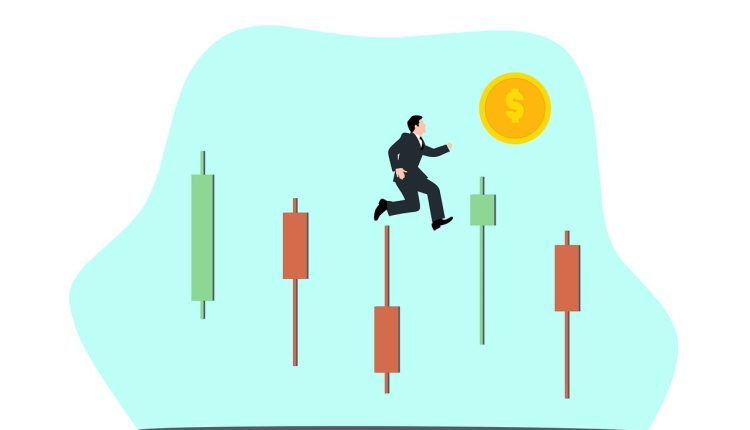Use Trading Indicators Effectively
Many active investors and traders use technical trading indicators to identify high probability trade entry and exit points. Hundreds of indicators are available on most trading platforms; Therefore, it is easy to use too many indicators or use them ineffectively.
This article explains how to choose multiple indicators, how to avoid information overload, and how to improve indicators to use these technical analysis tools more effectively.
Using multiple indicators
indicator types
Technical indicators are mathematical calculations based on past and current volumetric price or activity of a trading instrument. Technical analysts use this information to assess historical performance and predict future prices.
The indicators do not provide concrete buy and sell signals; A trader must interpret the signals to determine trade entry and exit points that are compatible with his unique trading style. There are different types of indicators, including those that interpret trend, momentum, volatility, and volume.
Avoid repetition
“Linear traverse” is a statistical term for counting the same information multiple times. This is a common problem in technical analysis and occurs when the same types of indicators are applied to a single chart.
The results produce redundant signals that can be misleading In reality, however, multi-linear relationships can make other variables seem less important and make it difficult to accurately assess market conditions.
Use of supplementary indicators
To avoid the problems associated with the polyline strip, traders should select indicators that work well with or complement each other without providing redundant results.
A trader can use a momentum indicator and a trend indicator. Indicators provide different information. Since each provides a different interpretation of market conditions, one can be used to confirm the other.
Keep trading charts clean
Keep the charts clean
Since a trader’s charting platform is their gateway to the markets, it is important that the charts enhance, not hinder, the trader’s market analysis. Simple charts and workspaces can enhance a trader’s situational awareness, allowing the trader to quickly decipher and act on market activity.
Most trading platforms allow for a variety of customizations related to the color and design of the chart, from the background color, pattern, and color of the moving average
information overload
Many traders today use multiple monitors to display multiple charts and order entry windows. Even if six screens are used, dedicating every square inch of screen space to technical indicators should not be taken as a green light. Information overload occurs when a trader tries to interpret so much data that essentially all of it is lost.
Some people refer to this as analysis paralysis. If too much information is given, the merchant will likely be unable to respond. One way to avoid information overload is to remove all external pointers from the workspace; If you don’t use it, you’ll lose it – this helps to avoid clutter.
Traders can also review charts to ensure they are not overloaded with multiple linear relationships; If there are multiple indicators of the same type on the same chart, one or more indicators can be removed.
Notes on organization
It’s handy to create a well-organized workspace that uses only relevant analysis tools. The number of technical indicators a trader uses may change from time to time depending on market conditions, strategies used and trading style.
How to use trading indicators effectively
On the other hand, the charts can be saved once set up in a user-friendly way. There is no need to reformat the charts every timeUse trading indicators effectively
Many active investors and traders use technical trading indicators to identify high probability trade entry and exit points. Hundreds of indicators are available on most trading platforms; Therefore, it is easy to use too many indicators or use them ineffectively.
This article explains how to choose multiple indicators, how to avoid information overload, and how to improve indicators to use these technical analysis tools more effectively.
Using multiple indicators
indicator types
Technical indicators are mathematical calculations based on past and current volumetric price or activity of a trading instrument. Technical analysts use this information to assess historical performance and predict future prices.
The indicators do not provide concrete buy and sell signals; A trader must interpret the signals to determine trade entry and exit points that are compatible with his unique trading style. There are different types of indicators, including those that interpret trend, momentum, volatility, and volume.
Avoid repetition
“Linear traverse” is a statistical term for counting the same information multiple times. This is a common problem in technical analysis and occurs when the same types of indicators are applied to a single chart.
The results produce redundant signals that can be misleading. In reality, however, multi-linear relationships can make other variables seem less important and make it difficult to accurately assess market conditions.
Use of supplementary indicators
To avoid the problems associated with the polyline strip, traders should select indicators that work well with or complement each other without providing redundant results.
A trader can use a momentum indicator and a trend indicator. Indicators provide different information. Since each provides a different interpretation of market conditions, one can be used to confirm the other.
